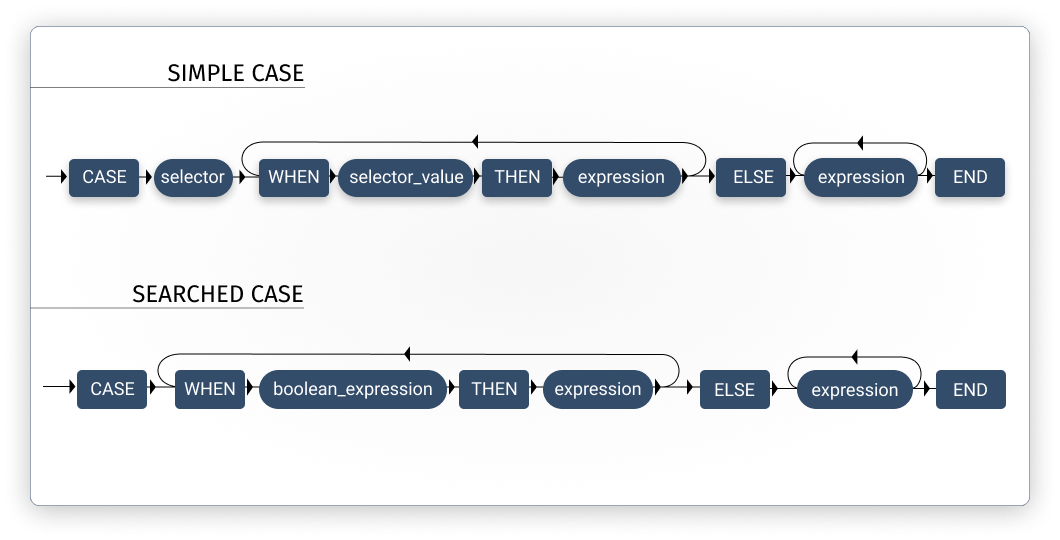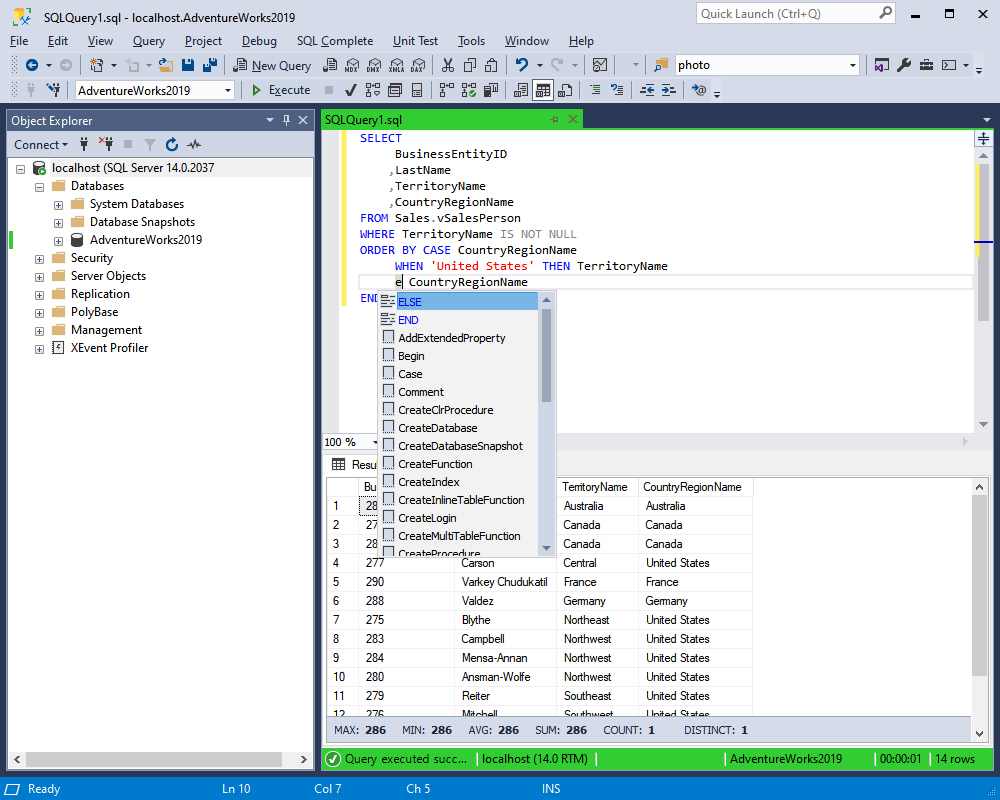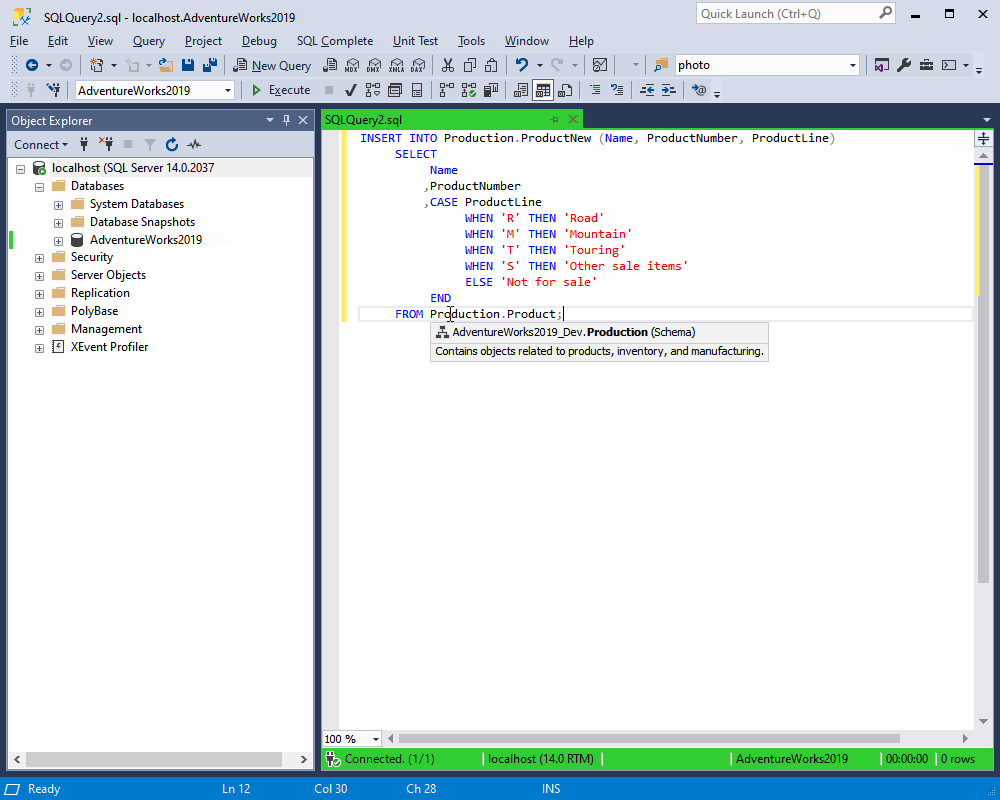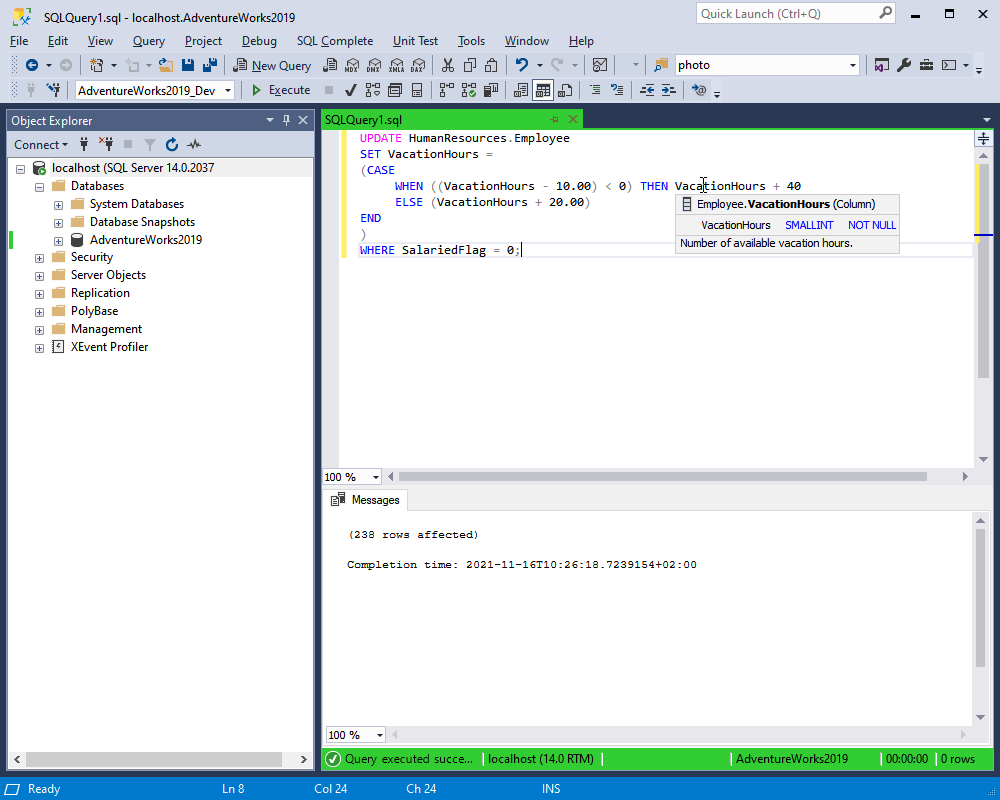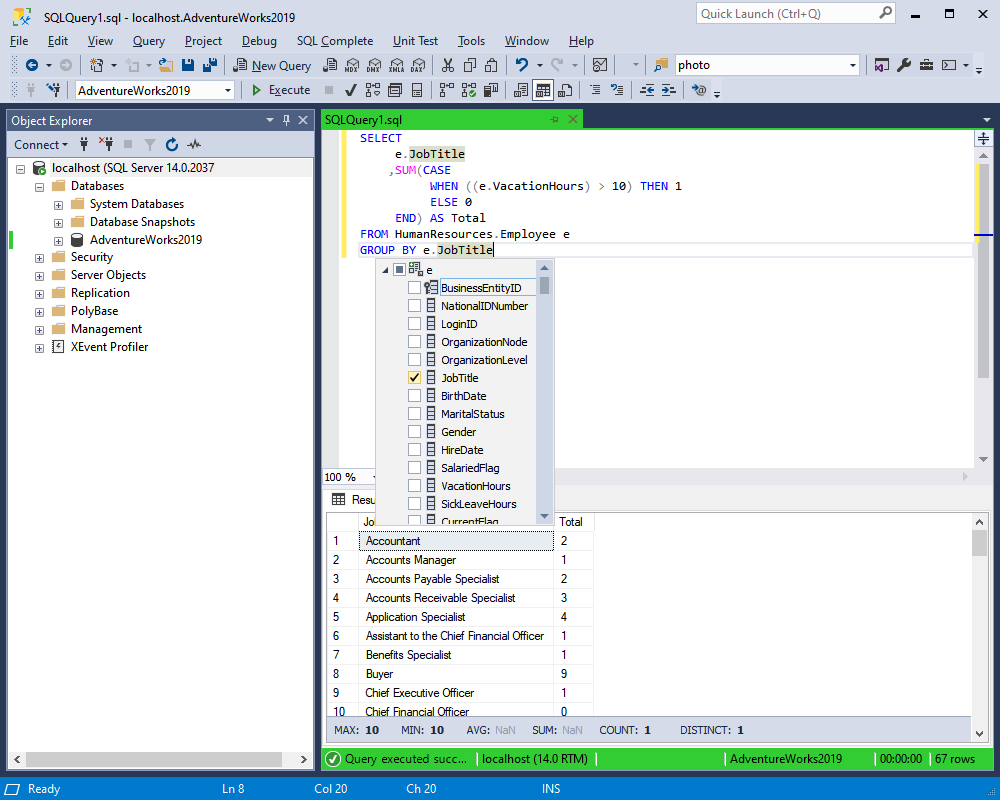Using the CASE Statement in SQL Server
In databases, stored data often requires additional manipulation to produce meaningful results. To support this, SQL provides dedicated tools, one of which is the CASE statement. It allows you to create new columns or transform existing data based on specified conditions. This article will explore the CASE statement in SQL Server and examine its usage across a variety of scenarios.
What is CASE in SQL?
The CASE expression in a SQL query is used to implement IF-THEN-ELSE logic. It lets you define different results based on conditions directly inside your statements, such as SELECT, UPDATE, INSERT, or ORDER BY. If no condition matches, the value from the ELSE clause is returned.
This approach keeps your code concise by embedding conditional logic in SQL, without needing extra procedural blocks.
A quick review of CASE rules
- CASE must be followed by at least one WHEN... THEN expression
- Every CASE statement must end with the END keyword
- The ELSE argument is optional
- CASE can be used in any statement or clause that allows a valid expression
- Only 10 levels of nesting are allowed in SQL Server
The syntax for the SELECT statement with a simple CASE expression is as follows:
SELECT CASE expression WHEN condition1 THEN result1 WHEN condition2 THEN result2 ... ELSE result END
How to use CASE in SQL queries
Once you understand what CASE does, the next step is knowing where to apply it. The expression is most valuable when you need to return conditional values directly within a query. For example, you can adjust column outputs in a SELECT, group results more flexibly in a GROUP BY, or apply conditional assignments in UPDATE and INSERT statements. This versatility is the reason why the CASE expression is considered a core part of writing dynamic, production-ready SQL queries.
CASE WHEN syntax in SQL Server
The WHEN...THEN pattern is at the heart of every CASE expression in T-SQL. Each condition is tested in sequence, and the first one that evaluates to TRUE determines the result.
The syntax for the SELECT statement with a simple CASE expression is commonly explained using CASE WHEN statements in SQL.
SELECT CASE expression WHEN condition1 THEN result1 WHEN condition2 THEN result2 ... ELSE result END

